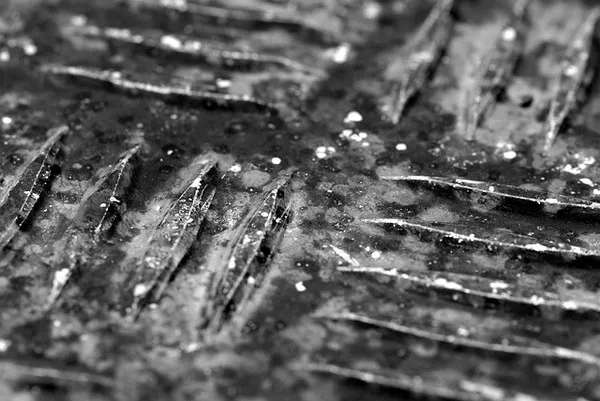Sewage treatment plants play a crucial role in safeguarding public health and protecting the environment by treating wastewater before it is released back into natural water bodies. As populations grow and urbanization expands, the demand for effective sewage treatment becomes more critical than ever. In this article, we will delve into the intricate workings of sewage treatment plants and explore the various processes they employ to ensure the safe disposal of wastewater.
The Need for Sewage Treatment:
As communities expand and industrial activities intensify, the volume of wastewater generated increases exponentially. Sewage, containing a mixture of domestic, industrial, and commercial effluents, can pose serious threats to both human health and the environment if left untreated. Pathogens, nutrients, and various pollutants found in wastewater can contaminate water sources, leading to the spread of diseases and ecological imbalances. Sewage treatment plants are designed to address these challenges and mitigate the potential adverse effects of untreated wastewater.
Primary Treatment:
The treatment process begins with the primary treatment stage, where mechanical processes are employed to remove large solid materials from the wastewater. Screens and grit chambers are utilized to trap debris, such as sticks, leaves, and gravel. This primary treatment not only prevents damage to equipment in subsequent stages but also facilitates the separation of solids from the liquid phase.
Secondary Treatment:
Following primary treatment, the wastewater undergoes secondary treatment to further reduce the concentration of suspended and dissolved organic matter. This stage is typically biological and involves the use of microorganisms to break down organic pollutants. Activated sludge and trickling filters are common methods employed during secondary treatment. Microorganisms digest organic materials, transforming them into stable byproducts and reducing the biochemical oxygen demand (BOD) of the wastewater. This stage is crucial for preventing the depletion of oxygen in receiving water bodies, which can harm aquatic life.
Tertiary Treatment:
While secondary treatment significantly improves water quality, some pollutants may still persist. Tertiary treatment is employed to address this issue and enhance the effluent’s quality even further. Advanced techniques, such as chemical precipitation, filtration, and ultraviolet (UV) disinfection, are utilized during this stage. Chemicals are added to precipitate remaining contaminants, and the water undergoes additional filtration processes to remove any remaining impurities. UV disinfection ensures the elimination of pathogens, providing a high level of microbial safety.
Sludge Management:
Throughout the treatment process, the solids separated from the wastewater are collectively referred to as sludge. Sludge management is a critical aspect of sewage treatment plants, as improper handling can lead to environmental pollution. Advanced treatment methods, including anaerobic digestion and dewatering, are employed to stabilize sludge and reduce its volume. The resulting biosolids can be utilized beneficially, such as in agriculture or energy production, promoting a sustainable approach to waste management.
Environmental Impact:
The significance of sewage treatment plants extends beyond protecting public health to encompass environmental conservation. Untreated wastewater can introduce harmful substances into ecosystems, adversely affecting aquatic life, water quality, and biodiversity. By treating sewage before discharge, these plants play a pivotal role in maintaining ecological balance and preserving the health of aquatic ecosystems. Additionally, the reuse of treated wastewater for non-potable purposes, such as irrigation, reduces the demand on freshwater resources, contributing to sustainable water management.
Technological Advances:
Advancements in technology have enabled sewage treatment plants to become more efficient and environmentally friendly. Automated monitoring systems, remote sensing, and artificial intelligence applications are increasingly integrated into plant operations, enhancing process control and optimizing resource utilization. These technological innovations contribute to the overall effectiveness of sewage treatment, ensuring that facilities operate at peak efficiency while minimizing their environmental footprint.
See Also: What Does A Wastewater Treatment Plant Operator Do?
Challenges and Future Outlook:
Despite the progress in sewage treatment technology, challenges persist. Aging infrastructure, population growth, and emerging contaminants pose ongoing challenges for sewage treatment plants. The integration of decentralized treatment systems, the adoption of green infrastructure, and continued research into emerging contaminants are areas that warrant attention in the future. Additionally, public awareness and community engagement are crucial for fostering responsible water use and supporting the development of sustainable wastewater management practices.
Conclusion:
Sewage treatment plants serve as guardians of public health and environmental well-being, ensuring that wastewater is transformed from a potential hazard into a resource that can be safely returned to the environment. Through a combination of mechanical, biological, and advanced treatment processes, these facilities play a vital role in maintaining water quality, preserving ecosystems, and contributing to sustainable water management. As technology continues to advance and communities strive for more sustainable practices, sewage treatment plants will remain indispensable in the quest for a cleaner and healthier environment.

